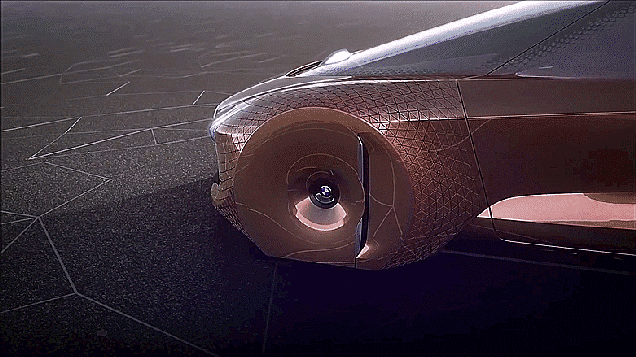As
reported by New Scientist:
We just learned that Facebook’s artificial-intelligence software can probably map more in a week than humanity has mapped over our entire history.
In a
blog post, the social network announced that its AI system took two weeks to build a map that covers 4 per cent of our planet. That’s 14 per cent of Earth’s land surface, with 21.6 million square kilometres of photographs taken from space, digested and traced into a digital representation of the roads, buildings and settlements they show. And Facebook says it can do it better and faster, potentially mapping the entire Earth in less than a week.
This is the starkest example I’ve seen so far of the most important phenomenon in technology – computers doing human work really fast. It’s going to change the way we work forever, and will have massive implications for how we acquire knowledge, cooperate on large projects and even understand the world.
The stated goal of Facebook’s data-science team is to build maps to help the social network plan how to deliver internet to people who are currently offline. It’s a
dubious starting point, but whatever you think about Facebook’s internet colonialism, the company’s drones won’t be able to beam Wi-Fi to the disconnected until they know where they are.
Fast learner

The model was able to map 20 different countries after being trained on just 8000 human-labelled satellite photos from a single nation. This is mind-boggling – and Facebook’s data-science team wasn’t even trying to go fast.
The company says it has now improved the process to the point where it could do the same mapping in a few hours. Assuming it had the photographs, it could map Earth in about six days. That’s something that humanity still hasn’t managed to do.
“We processed 14.6 billion images with our convolutional neural nets, typically running on thousands of servers simultaneously,” said Facebook in its blog post.
Using its AI, Facebook aped how humans make maps in the 21st century. One way they are now being made is a project called
Open Street Map, which uses volunteer labour to trace satellite photographs by hand, picking out roads and houses. The resulting maps have been used all over the world, often
for disaster response – with the system able to build maps of an entirely unmapped region in a few days. Facebook’s AI can do the same in seconds.
Mapping on the scale that its AI system has demonstrated would take decades for a human team of any size – and it is more data than people or their organisations are built to handle.
The power of AI
Facebook’s map-making AI is just one of probably thousands of narrow AIs – ones that are trained to focus on a single task – churning through human tasks around the planet right now, faster and on larger scales than we ever could. The CERN particle physics laboratory near Geneva, Switzerland, is using deep learning to find patterns in the mass of its collision data; pharmaceutical companies are using it to find new drug ideas in data sets that no human could plumb.
Nvidia’s Alison Lowndes, who helps organisations build deep-learning systems, says she now works with everyone: governments, doctors, researchers, parents, retailers and even, mysteriously, meatpackers.
What’s exciting is that all neural networks can scale like Facebook’s mapping AI. Have a narrow AI that can spot the signs of cancer in a scan? Good: if you have the data, you can now search for cancer in every human on Earth in a few hours. An AI that knows how to spot a crash in the markets? Great: it can watch all 20 of the world’s major stock exchanges at the same time, as well as the share prices of individual companies.
The real power of narrow AI isn’t in what it can do, because its performance is almost never as good as that of a human would be. The maps that Facebook’s AI produces are nowhere near as good as those that come out of a company such as custom map developer Mapbox.
But the smart systems being built in labs at Google, Facebook and Microsoft are powerful because they run on computers. What the future of human work looks like will be determined by whether it is better to do an average-quality job 50 million times a second or a human-quality job once every few minutes.
Make no mistake, AI is here – and it’s real and powerful. But humans are still in total control. We’re just all about to get some extremely clever help.



















